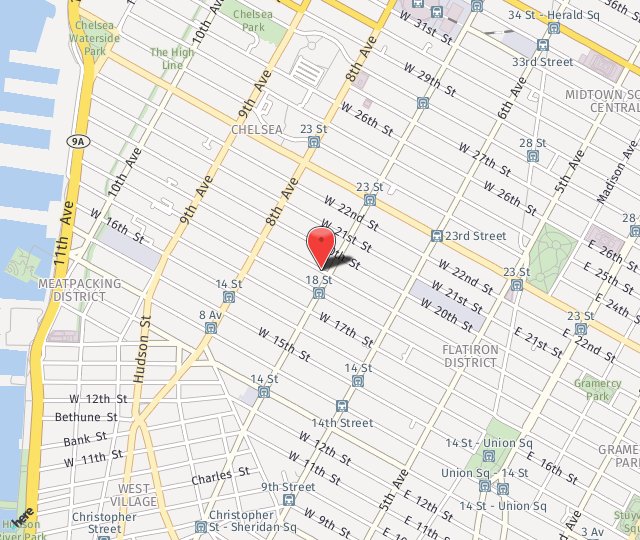
Your doctor may recommend a procedure called pleurocentesis to help relieve your symptoms or to gather more information.
In this blog, top New York City pulmonologist Dr. Marc Bowen of MXBowen, Physician P.C., Health & Breathing Center, explains more about what pleurocentesis is and why it’s used.
What is pleurocentesis?
This medical procedure is performed to remove or test excess fluid from the space between your lungs and the wall of your chest (the pleural space). While fluid is normally produced when you breathe in to lubricate your lungs and prevent friction, some medical conditions cause excess fluid to accumulate.
When is this procedure necessary?
Pleurocentesis can be used to remove excess fluid if you’re having difficulty breathing. Although it doesn’t cure what’s causing the excess fluid, it provides the following benefits:
- Improved breathing
- Less pressure in your chest and lungs
- Less pain
- More space for your lungs to expand
In addition to providing relief from breathing-related symptoms, this procedure can be used to help your doctor make a diagnosis. He or she can take a small sample of tissue or fluid for testing, which can help confirm or rule out the presence of pneumonia, congestive heart failure, pulmonary hypertension, or cancer.
What is involved?
Your doctor will use an ultrasound to determine the best location to insert the needle to remove fluid and gather a sample. A local anesthetic will then be used to help minimize discomfort.
When the area is numb, your doctor will guide a hollow needle through the ribs and into the chest. An ultrasound will continue to be used to ensure that the needle tip is accurately placed.
Fluid will then be slowly removed, and if needed, a sample will be sent for further analysis. If further testing is needed, your doctor will remove a small tissue sample (biopsy) using a needle that has a small hook on the end.
Afterward, the place where the needle was inserted will be covered with a small bandage. You may also need to get a chest X-ray so your doctor can verify the amount of fluid removed and check for any complications.
If you’re experiencing difficulty breathing, make an appointment today for an evaluation with MX Bowen, Physician P.C., Health & Breathing Center in NYC. After conducting a physical examination and talking to you about your medical history and symptoms, we’ll recommend any testing needed to give us more information. Dr. Bowen will then create a treatment plan to help give you relief from your symptoms and breathe easier.












